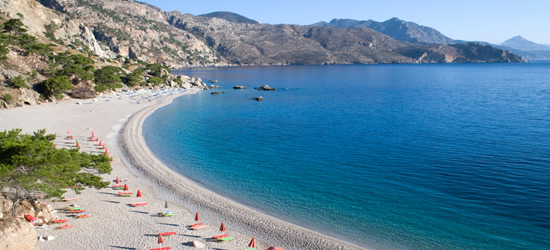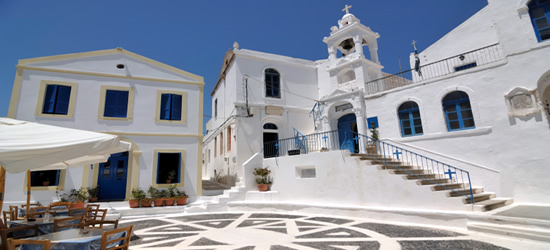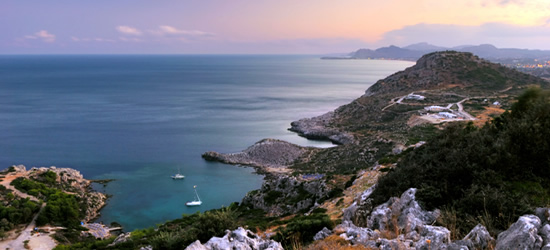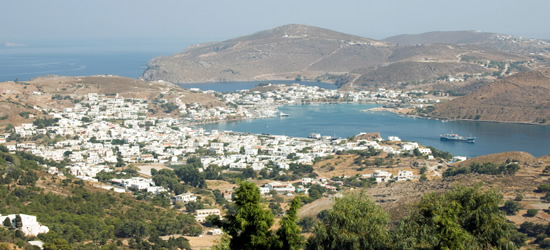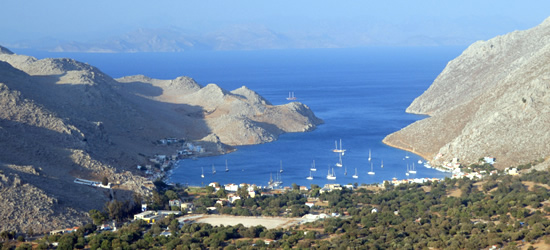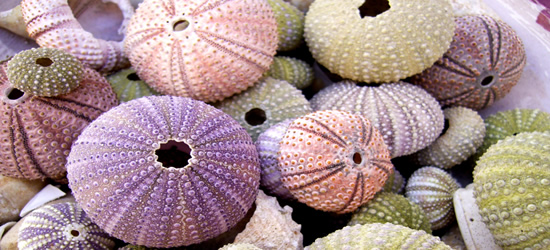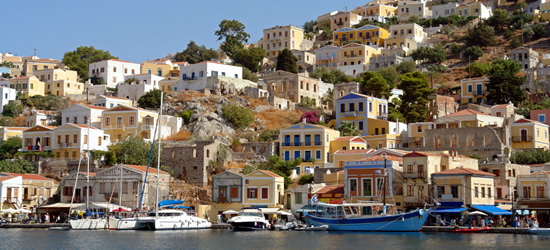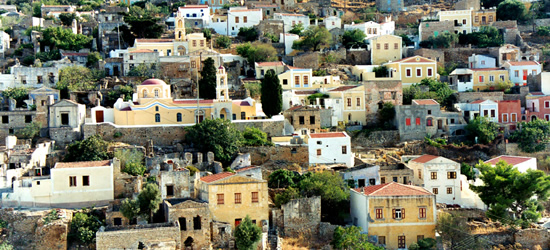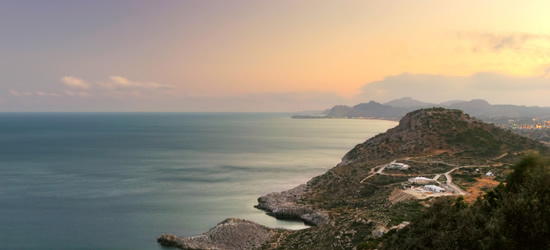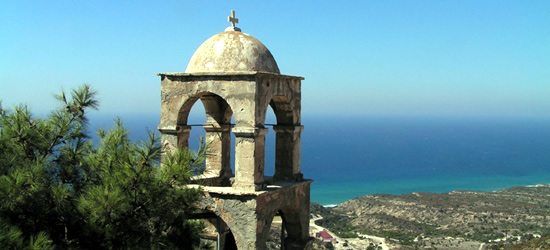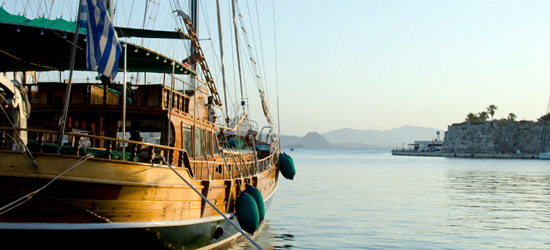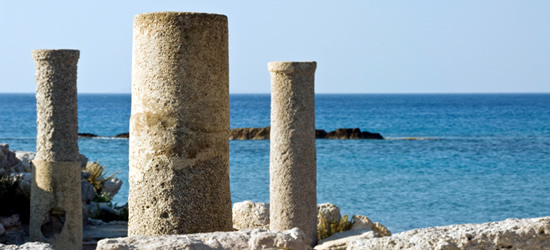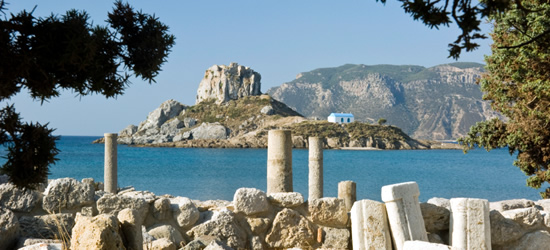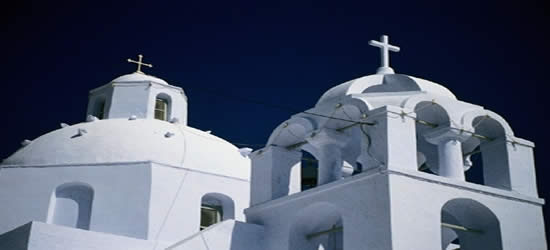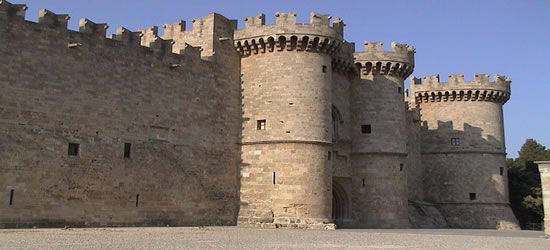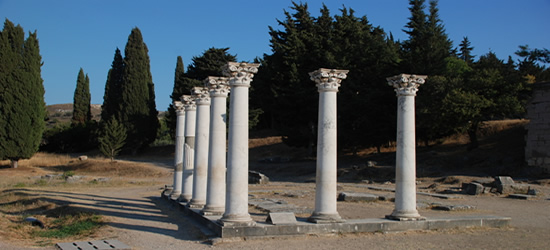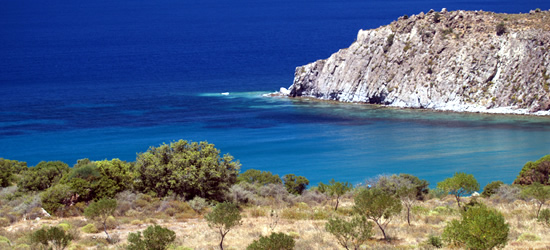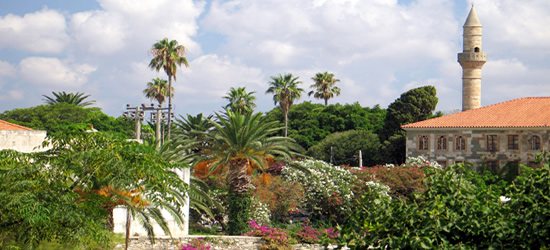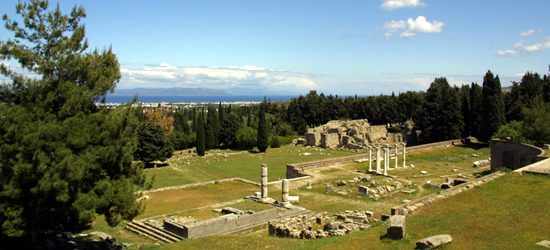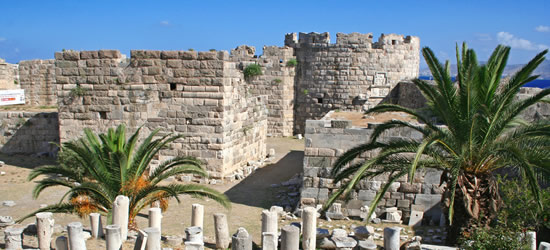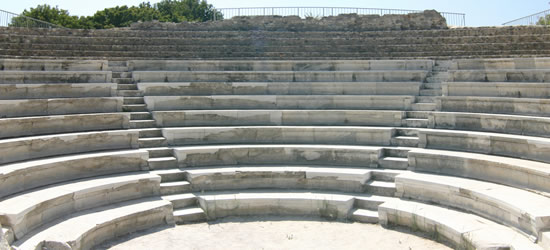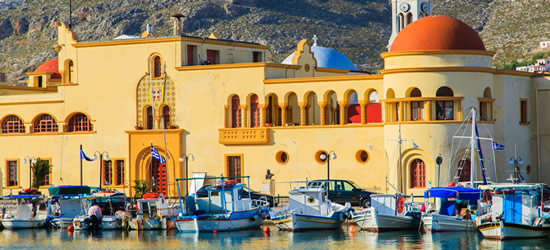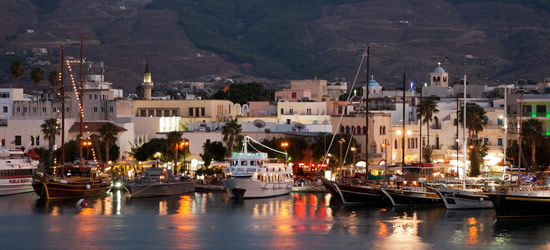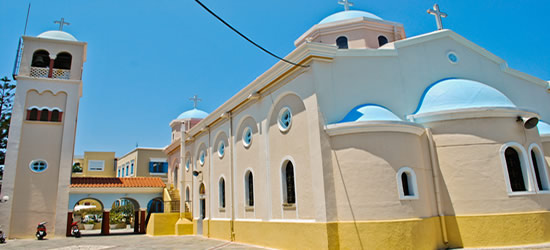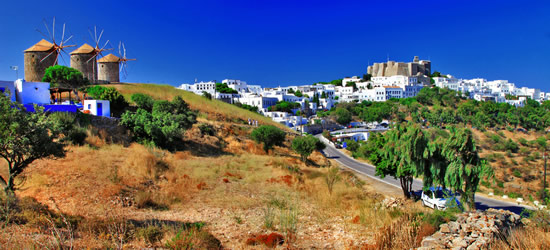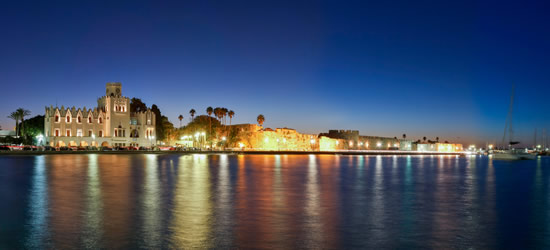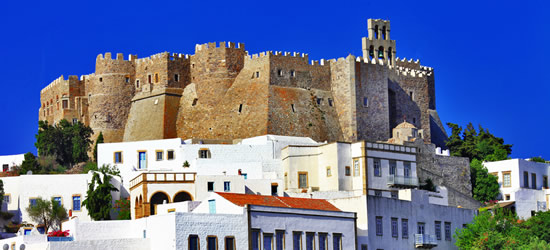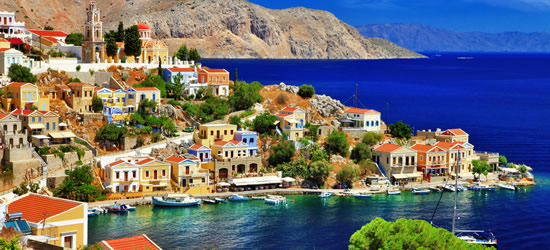From finds uncovered in the Aspri Petra cave on Zini Hill near Kefalos, we know that Kos has been inhabited since prehistoric times. Systematic study and research enriched with new discoveries placed these finds in the early Bronze Age, also known as the Proto-Helladic period (2900-2100 BC). At that time there were large Pelasgic population shifts throughout the entire Greek mainland, the Aegean Sea, Asia Minor and Cyprus.
The first residents are estimated as having settled in the city of Kos around 2300-2000 BC and were exposed to the gradual expansion and influence of both Minoan and Mycenean culture which left behind important traces (1600-1150 BC).Following the Trojan War, in which Kos together with nearby islands participated by sending 30 ships, the so-called 'descent of Doric civilization' began, spreading to the islands and the coast of Asia Minor. According to the prevailing view, these new residents of Kos in all likelihood came from the Argolid.
Kos was the birthplace of Hippocrates (460 - 377 B.C.), the father of medicine, and he lived and taught throughout his life on the island. There is a tree just outside the main square where Hippocrates taught his pupils. After his death, a medical school dedicated to Asclepius, god of healing, was built. There Greek doctors learned their trade for well over 1000 years.
Kos is the capital and principal port of the island with around 17,000 residents. In the area surrounding the port, there are well-preserved, grandiose buildings from the period of Italian rule as well as monuments from the Hellenistic and Roman periods. The remainder of the town is modern, having been rebuilt according to a new town plan following the catastrophic earthquake of 1933. There is a lot of greenery, an excellent market and all public services are centrally located.The port is particularly picturesque while nearby the town and its hinterland are several charming beaches.






